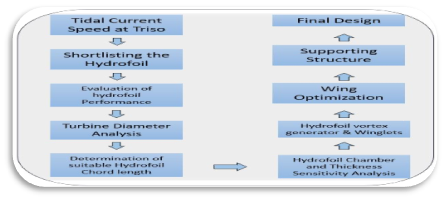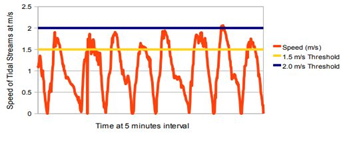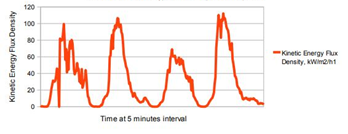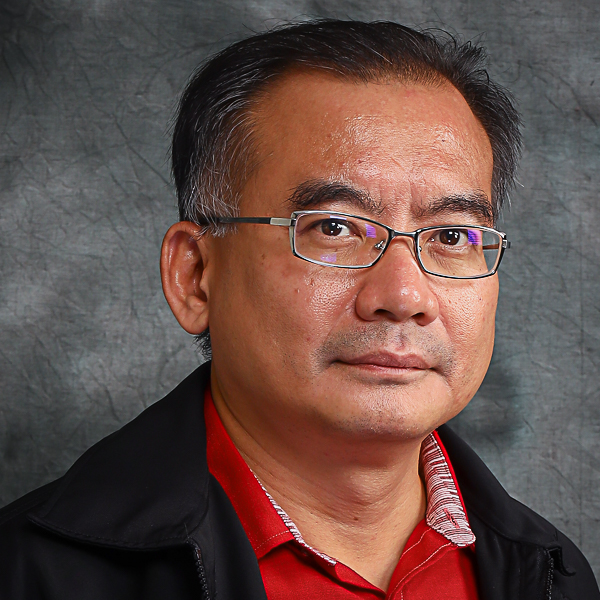Andrew Ragai Henry Rigit*,1, David Bong Boon Liang1, Yanuar Z. Arief1, Almon Wei-Yen Chai2, Imran Ali1, Jane Labadin3, , Omar Yaakob4, , Chi Hung Chong1,
1 Faculty of Engineering, Universiti Malaysia Sarawak, 94300 Kota Samarahan, Sarawak, Malaysia.
2 School of Engineering, Swinburne University of Technology, Kuching, Sarawak, Malaysia.
3 Faculty of Computational Science and Information, Universiti Malaysia Sarawak, 94300 Kota Samarahan, Sarawak, Malaysia.
4 Faculty of Engineering, Universiti Teknologi Malaysia, Skudai, Johor, Malaysia.
E-mail:
Abstract
An attempt is made for the first time to assess the potential of Trisao island, located at the river mouth of Batang Lupar, for power generation. The study area is subjected to have the tidal currents which are considered sufficient for power generation. There are several approaches to model tidal energy extraction potential in the macro tidal sites. In this study, the momentum sink approach is adopted to assess the power generation potential. The energy potential of the Triso island is assessed as the maximum kinetic energy of the tide. The areas of high energy density are considered as suitable for the installation of tidal in-stream energy converting devices. The seawater depth around the island ranges from 10 to 15 m. It is also aimed to design the low depth and low speed tidal current turbine suitable for this site.
In the first stage, the tidal current speed data is collected batter to understand the local hydrodynamics and assessing the power potential from these currents. The onsite measurements of tidal current speeds are usually carried out by using the current meter made by Valeport (BFM105 with a serial number of 21233). The current meter is deployed 5 m below the seawater surface. The current meter will be scheduled to log the readings of the stream velocity for every 5 minutes. The power generated by electromechanical energy converting device which extracts the kinetic energy in the horizontal flow of the tide and converts it to electricity. The electric power generation depends on the power of the rotor as a variable and the transmission and generator efficiency as the constant (Mutsuda et al. 2019). The power generated by the rotor depends on the half of the cube of tidal current speed where as seawater density, rotor area, and the coefficient of performance remains as constant. The methodology followed for designing the turbine is shown in Figure 1. In which the first step is to shortlist the hydrofoil and then to perform the CFD analysis on the shortlisted hydrofoils.
 |
Figure 1: Flow chart of the steps for designing the turbine
The tidal current speed recorded at Triso island is meeting the minimum requirement for the installation of a turbine. The speed recorded at Triso island is shown in Figure 2, where the maximum speed was noted as 2.6 m/s. Based on the maximum recorded speed at Triso island, the energy density is also calculated. The kinetic energy flux density available at Triso island is shown in Figure 3.
 |
 |
|
Figure 2: Tidal current speed measured at an interval of 5 minutes |
Figure 3: Tidal energy flux density curve at Triso island |
Tidal energy is the future sustainable energy option for Malaysia. There are some of the sites available in Malaysia which can be utilized for green energy generation. Among these sites, Triso island at the river mouth of Batang Lupar is focused on this study. The step made for the first time understand the local hydrodynamics of the Triso island and its potential for power generation. It is concluded that the Triso island has the potential to provide the electricity to remote coastal villages of Sarawak that are not connected to the National grid.



